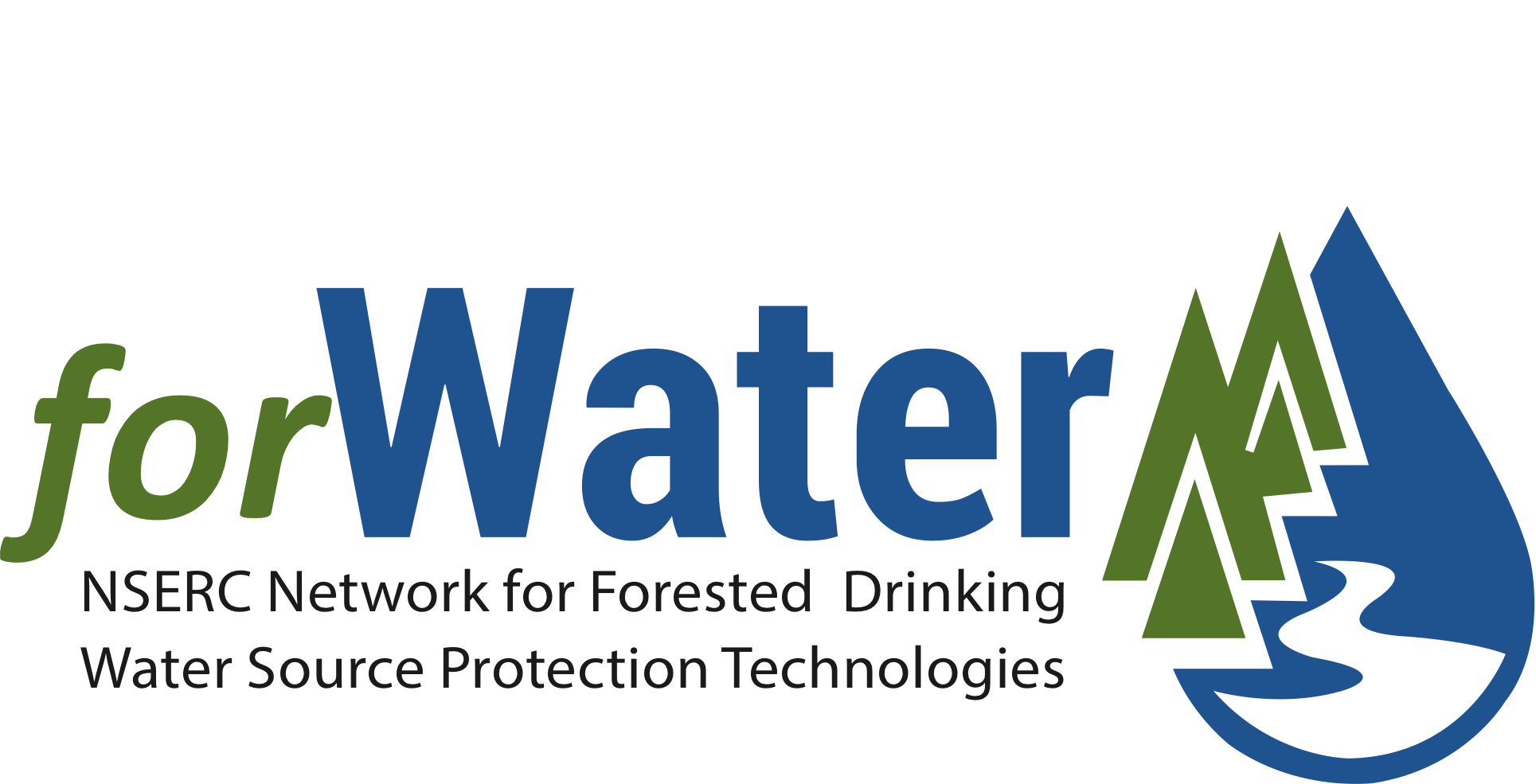Researchers from the forWater Network continue to publish insights from four years of transdisciplinary research. This snapshot features the bacterial communities in Calgary’s drinking water reservoir providing insight to water treatment and monitoring options with regards to managing cyanobacteria and toxic algal blooms.
This research results from a transdisciplinary collaboration leveraging expertise from Biology, Civil and Environmental Engineering and the City of Calgary.
Authored by Biology PhD candidate Tim Shardlow, Master’s graduate Ghadeer Aljoudi, Water Institute members, Kirsten Müller and Monica Emelko, cyanobacterial community composition within the sediment and water column of the Glenmore Reservoir (Calgary, Alberta) was analyzed in July 2017 and September 2020 to identify organisms that could potentially reduce water quality.
Lakes and reservoirs can be challenged due to severe wildfire and resulting increased stormwater flow, increased by climate change, which can lead to increased nutrient-rich runoff into water supplies. These nutrients combined with increased surface water temperatures can result in optimal growth conditions for problematic cyanobacteria. Cyanobacteria, also known as algal blooms, can cause numerous health concerns by producing a variety of toxins. Some cyanobacteria and other bacteria are able to produce the taste and odour compounds, which can make water distasteful. It is expected that the frequency and severity of cyanobacterial blooms will increase due to climate change.
The Glenmore Reservoir is a drinking water source for the city of Calgary, Alberta, and supplies drinking water to approximately 800,000 consumers. Key risks to this reservoir have been identified as: run-off from agriculture and residential developments and stormwater pollution and wildfires. There is a history of taste and odour events and source water risks (e.g., wildfire and stormwater) have the potential to increase nutrient loading to the reservoir, which can promote cyanobacterial blooms.
"This research provides insights into how cyanobacteria can be present within low nutrient systems and may contribute to issues pertaining to drinking water safety and treatment. This research provides a baseline understanding of the communities present within this water system and identifies what cyanobacteria might be present if an algal bloom were to occur." Tim Shardlow

Click the link below to see detailed figures and results that indicate that current levels of harmful toxins were low, but climate change could increase the risk associated with cyanobacteria and presence of toxins.
The recommendations for water treatment also include further monitoring to detect taste and odour producers and to expand targeted monitoring into the watershed. A metagenomics approach is also recommended for further understanding the bacterial community composition within samples and to identify the presence of genes required for toxin and taste and odour production.
Visit the forWater Network to continue reading
or download the full research snapshot containing results and recommendations.
Contact Information
For more information on this research please contact:
Kirsten Müller - kirsten.muller@uwaterloo.ca
Monica B. Emelko - mbemelko@uwaterloo.ca
Timothy Shardlow - tjshardl@uwaterloo.ca
Ghadeer Aljoudi - galjoudi@uwaterloo.ca

Photo: Glenmore Reservoir at 100km by Dave King CC BY-NC-SA 2.0